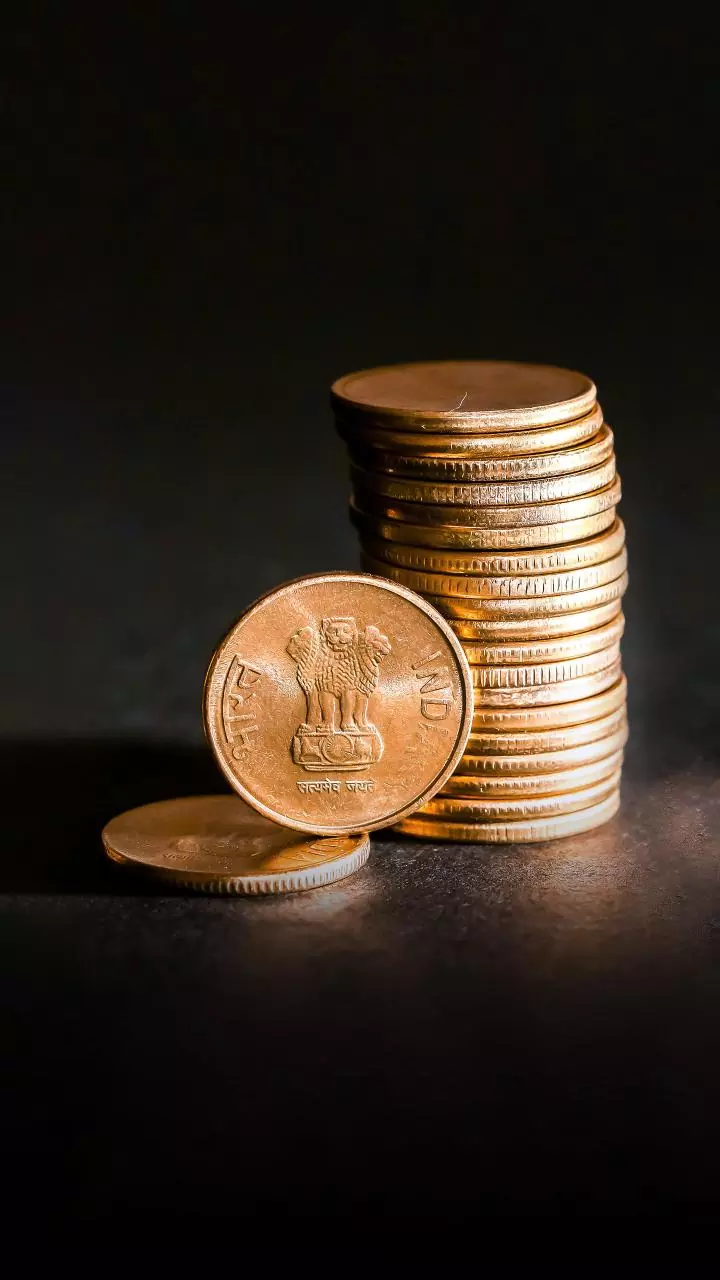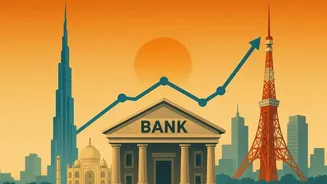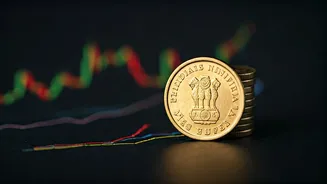“Over the past few years, credit card usage in India has completely transformed — both in scale and in the way consumers are using them. What was once seen as a premium urban product has now become a mainstream financial tool across cities and income groups,” said Ashish Lath, Founder and CEO of SaveSage, an Indian financial technology platform.
According to RBI data, the number of active cards more than doubled from around 5.5 crore in 2019 to over 10.8 crore by the end of 2024, with annual spending crossing ₹21 lakh crore in FY25. Yet penetration remains low at about 5.5%, compared with over 40% in China and more than 70% in the US.
Priyanka Kanwar, CEO and Co-founder of Falcon, a cloud-native, AI-first banking technology platform, said rising adoption is accompanied by changing usage patterns.
“While electronics, furniture, and travel bookings continue to dominate, credit cards are increasingly being used for fuel, groceries, and utility payments as well.”
Tier-II and Tier-III cities are driving a significant share of new issuance, aided by fintech innovations, digital onboarding, and growing financial awareness.
Everyday spending and smarter use
The shift is not just in numbers but in behaviour. Mohid Cutterwala, Manager – Growth Advisory at Aranca, a global research analytics and advisory firm,
explained that “online transactions in March 2024 alone accounted for roughly 57% of total credit card spends that month,” highlighting the growing integration of cards with digital payments.
Travel, dining, and online shopping remain the largest discretionary spends, while grocery and utility payments are increasingly card-based.
Lath emphasised the importance of strategic usage. “What we’re seeing is a clear shift toward consumers aligning their cards with lifestyle spends — travel cards for trips, shopping cards for e-commerce, and so on. It’s less about spending more and more about spending smartly using the right cards at the right categories that deliver maximum value.”
Credit for everyday life
The profile of card usage has shifted dramatically. “Credit cards, once used for luxury or travel, now fund daily life, from groceries to metro rides,” said Vibhore Goyal, Founder of OneBanc, a neo bank start-up.
RBI data shows India had nearly 11.2 crore cards in circulation as of August 2025, with monthly spends reaching ₹1.9 lakh crore — up 14% year-on-year.
However, the average transaction size has declined by about 16% since 2023, reflecting the rise in smaller, routine payments. Kanwar added that online shopping, travel, and dining are among the fastest-growing segments, while grocery and utility payments are now a regular part of household spending.
Rewards drive loyalty
Reward programmes have become central to how consumers use cards.
“Cashback programmes are the most popular, especially among lower-middle to upper-middle income consumers, because they offer direct, visible savings,” Kanwar said.
Premium users, meanwhile, tend to prefer travel rewards or miles-based benefits.
Cutterwala echoed this, saying, “Reward programmes have emerged as a key differentiator. For mass consumers, cashback remains the most popular option due to its simplicity and transparency, while premium users gravitate toward points- or miles-based programs that offer travel perks.”
Goyal noted that reward structures do not always serve all segments equally. “Cashback continues to be India’s most preferred reward, while nearly 70% of reward points remain unredeemed — a signal of design failure. Points and miles flatter premium users but overlook everyday earners who rely on micro-credit.”
Credit convenience comes with caution
Experts warn that the convenience driving adoption can also lead to risky behaviour.
Missing payment deadlines, paying only the minimum due, or treating credit limits as income can quickly snowball into high-interest debt.
“Late or missed payments can damage one’s credit score for three to five years,” Kanwar cautioned. “High credit utilisation signals over-dependence on credit and raises default risk.”
Cutterwala added, “Many cardholders still fall into common traps: paying only the minimum due, overspending to chase rewards, or revolving balances month after month. These habits can quickly snowball into debt and harm long-term credit health.”
ALSO READ | Full list of SBI Card fees and charges changing from November 1
















